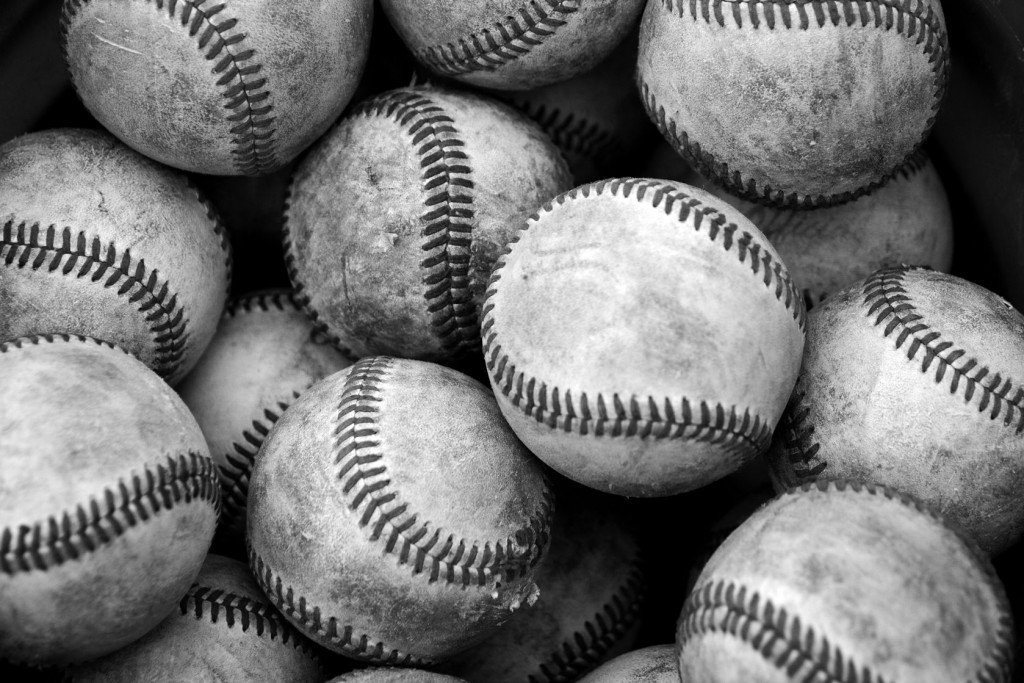Jai-Alai, for those of you not in “the know,” is kind of like handball, but played with a ball that could qualify as a lethal projectile. This game, coming from the Basque regions of France and Spain, takes place in a court with two players making use of three walls. Each player has a cesta (in Basque, known as a xistera), which is a long and narrow curved basket, attached to his (or her) arm. Basically the players scoop up a very hard rubber ball with the cesta and hurl it against the walls. Things get interesting when you realize just how hard the ball is and how fast it can go.
The ball, or pelota, which is a little smaller than an American baseball, can reach speeds of 180 mph or more. In other words, that little piece of rubber with goatskin covering is a weapon that can end a human life, and has. And even though Jai-Alai originated in the Pyrenees Mountains — Florida (once upon a time) used to be its global hotspot.
How did Jai-Alai (“merry festival”), which also goes by the name of pelota vasca in Spanish, journey from Spain, where men bashed rubber balls against church walls, to the splendor of the Sunshine State? Well, the sport’s popularity in Cuba, which of course dove into the sport through that nation’s connections to Spain, combined with Cuba’s past relationship with the United Sates, is the most obvious answer. In 1904, Jai-Lai, which many refer to as the “fastest sport in the world” (although golf balls have since been clocked at faster speeds) was introduced to the American public at the St. Louis World’s Fair, with many of the best players subsequently coming from Cuba and Spain to compete.
Protective headgear wasn’t required until around 1967, just after a well-known player name Fernando Orbea was whacked in the head with a Jai-Alai ball in Spain. As a result of the impact, he fell into a coma for a week, forgot how to speak English and Spanish for a time (although retained his native Basque), and was forced to retire from the sport when he realized he’d lost his speed and reflexes. He stayed connected to the Jai-Lai world by becoming involved with amateur courts in Florida and Connecticut.
Another big reason Jai-Lai found success in North America was the fact that people could bet on it… and you bet that they did. Gambling, which Americans love, explains a lot about why this Basque/Cuban import was so poplar in the 1960s and 1970s, and sadly, why it has been on the decline ever since. People used to go wild for the sport and the outcome of matches, betting at frontons (courts) in Florida, Connecticut, and Las Vegas. But as other types of gambling became increasingly available to the public — from casinos on Indian reservations to dog tracks and official state lotteries — the allure of betting on Jai-Lai tapered off, as as did venues where people could bet on, and more importantly, play this game.
As conditions declined, professional players went on strike for a few years in the late 1980s and early 1990s. That didn’t help the sport much. The quality of players and matches began to decline as well. And with the rising popularity of betting infrastructures in different casinos, where people could bet on all kinds of sports, Jai-Alai took a backseat, and became a niche diversion.
If enough pelota vasca enthusiasts remain (and promote it), and Jai-Alai can find some footing in the new world of American gambling and sports, perhaps, with time, it could thrive again, and shake things up a little. While baseball and tennis are great, it’d be nice to have a fresh (what’s old is new again), incredibly fast option on the table.
















-300x200.jpg)









